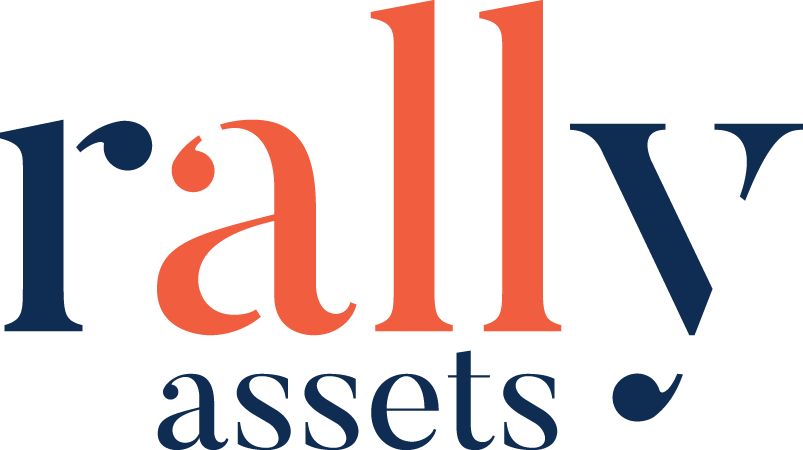Insights
The evidence around risk and returns in impact investing

The evidence around risk and returns in impact investing
by Marc Foran, Chief Investment Officer
People new to the world of impact investing often ask me is, “Is impact investing financially risky? Can I get the financial returns I’m looking for?”
As someone who has been creating and managing investment portfolios for almost two decades, I can emphatically state: impact investing can deliver great returns without you needing to take excessive risk. In fact a diversified impact portfolio can achieve very attractive risk-adjusted returns over the long-term. There does not have to be a trade-off between financial returns and positive impact. You can have both.
Financial risk: an issue that’s separate from impact
All investors need to understand risk and the level of risk they are comfortable with before making an investment. Investing, like all activities, carries risk. But impact investing in and of itself is not connected to risk. Rather, impact investing is a lens to help you find products that fit your impact and financial goals. The impact investing field has grown substantially over the past decade. The Global Impact Investing Network (GIIN) estimates that over 1,720 organizations managed $715 billion US in impact investing AUM as of the end of 2019. Today there are impact investments to suit a multitude of risk profiles: public and private investments in a range of asset classes; opportunities in many industries and many countries from companies at varying stages of maturity. (Of course, it’s not always easy for the individual investor to find an investment that’s right for them. Today’s large number of options can make it difficult to understand and compare products’ impact, risk and returns… but that’s a blog for another day.)
It’s a fallacy that impact investments are inherently more risky than non-impact investments and several studies have been conducted to investigate the notion. For example, Morgan Stanley analyzed 10,723 funds using Morningstar data on exchange traded and open-ended mutual funds active in any given year from 2004-2018. It found that sustainable funds may offer lower market risk without compromising returns.
I’d go further than that. I’d say that positive impact is a generator for long-term positive risk-adjusted returns; that companies that embed sound practices related to people, the environment, supply chains and the community will deliver superior financial returns over the long term and also help investors minimize unwanted risk.
The art of impact investing is to select opportunities that offer both favourable impact and strong fundamentals. Management is critical for securing good returns:
- Active management can enhance impact, reduce risk and drive higher returns
- Rigorous fundamental analysis helps to uncover the best investments and avoid greenwashing
- A forward-looking approach helps to uncover underappreciated impact alpha
- A global multi-asset class strategy can help to optimize a portfolio’s impact while achieving a targeted risk-adjusted return
Strong history of good returns in impact investing
Impact investments can generate attractive and competitive risk-adjusted returns. A large body of research and market data shows that market-rate-seeking impact investments can generate their target returns and even outperform the market.
- A 2019 study of Morningstar’s 56 ESG-screened indexes found that since inception, 41 of the 56 ESG indexes (73%) outperformed their non-ESG equivalents
- A 2015 Deutsche Asset and Wealth Management study based on 2,000+ empirical studies since the 1970s found that 62.6% showed a positive link between ESG and financial performance
- Cambridge Associates found that the overall returns of private equity impact investment funds were comparable to those of conventional funds. These funds can also outperform; smaller impact funds under $100 million returned a net internal rate of return of 9.5% compared to 4.5% for similarly sized traditional funds
- The Wharton School of Business has found that market-rate private equity impact investments can be financially competitive with other equity investments
- According to the Responsible Investing Association, two-thirds of responsible investment funds outperformed their average asset class return over the 10-year period ending December 31, 2019
Strong performance can be seen even in 2020. According to Morningstar, Canadian ESG Funds outperformed in Q1 2020 during a volatile market: 74% of sustainable funds outperformed their more traditional peers and 18 of the 20 global equity sustainable funds were ranked in the top half of peers. And in GIIN’s 2020 annual investor survey, 88% of respondents said their impact investments met or exceeded financial expectations.
Studies like these are important in helping investors understand the market but do keep in mind there are no universal definitions of some key concepts – including responsible investing and ESG – and no universal method for measuring impact. Comparable data is scarce and so comparison can be difficult.
Impact investing is here to stay
There are several trends that lead us to believe there will continue to be a strong interest in impact investing, including the:
- Intergenerational transfer of wealth to Millennials and women, who are aligning their investments with their values of social justice and sustainability
- Growing importance of ESG factors. Awareness, transparency and disclosure of the impact of material non-financial factors on long-term returns related to environmental, social and governance (ESG) factors
- Movement to stakeholder primacy, rather than shareholder value maximization. Investors and consumers are holding companies accountable for delivering value to employees, suppliers and the community, not just shareholders
The growth, bringing more products and more players, continued sophistication and ‘mainstreaming’, greater clarity around impact definitions and improved measurement of impact should help to strengthen the field. And that’s good news for lowering risk and increasing return.
